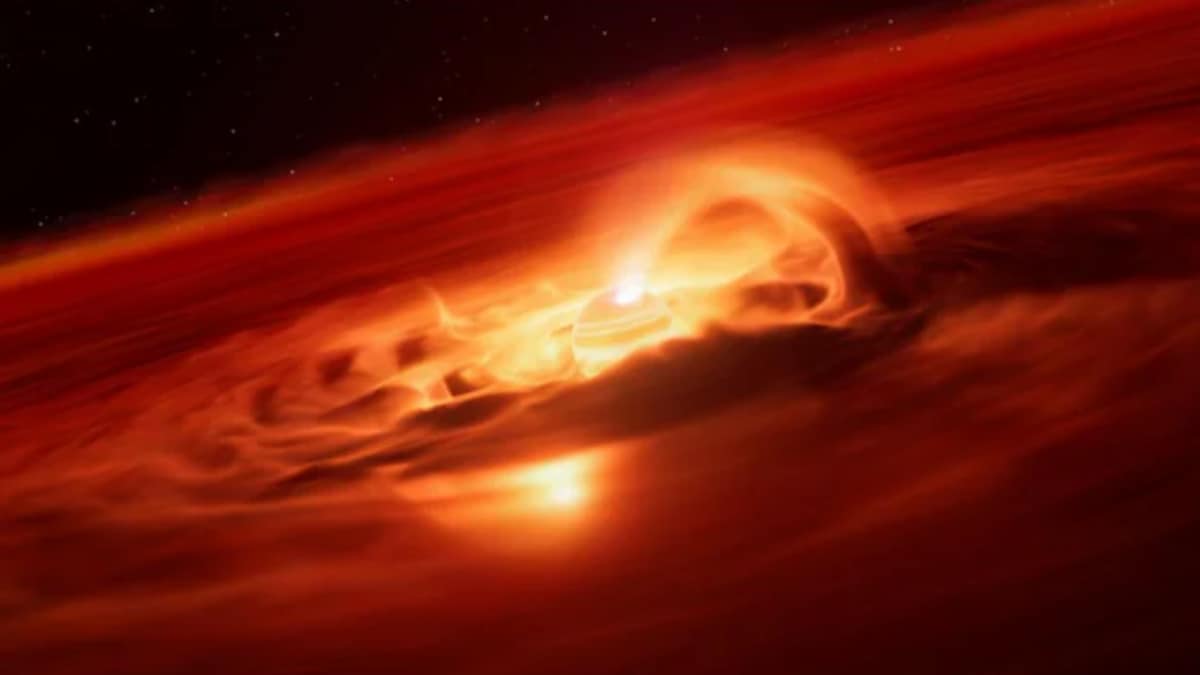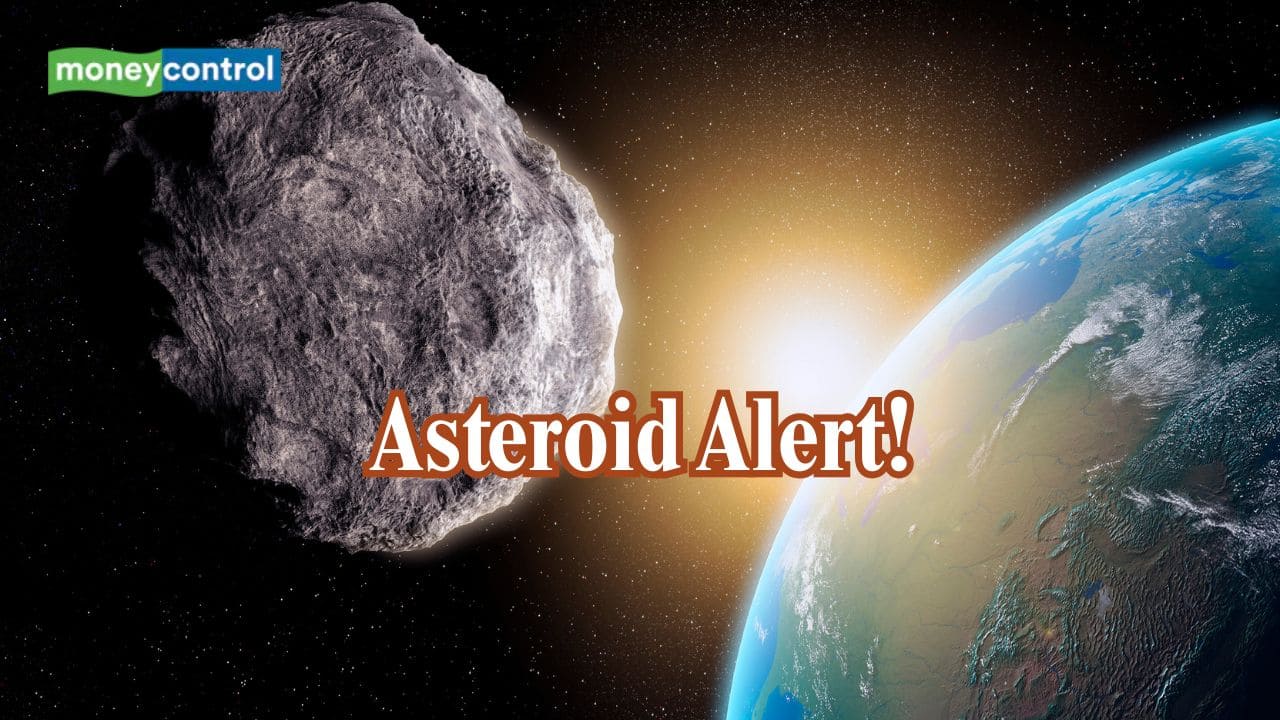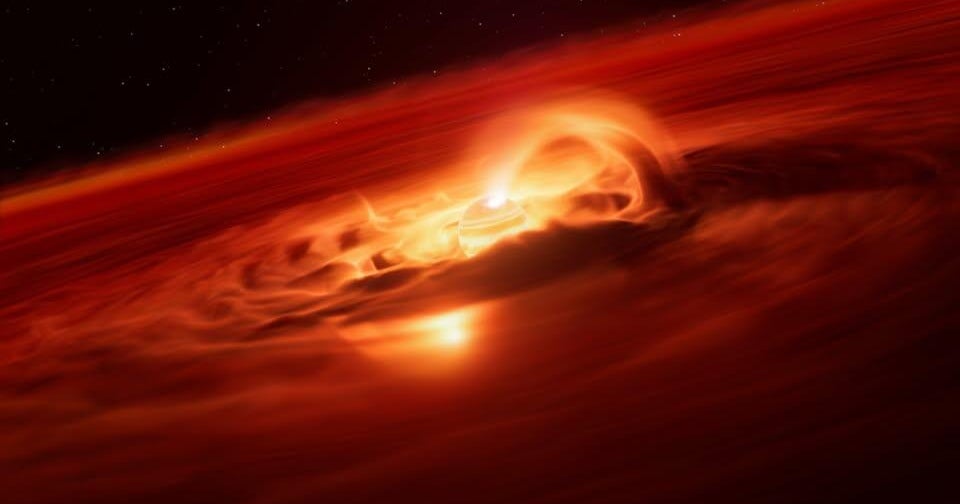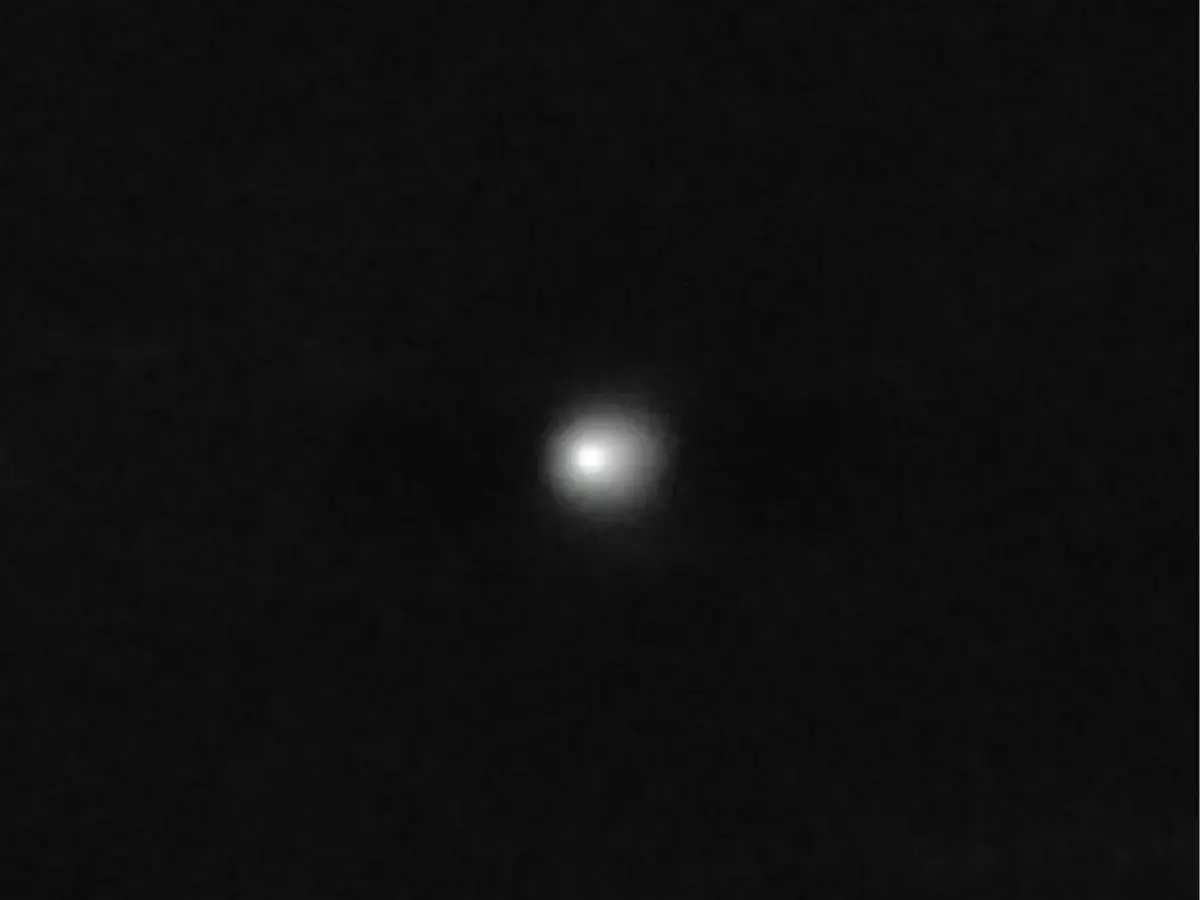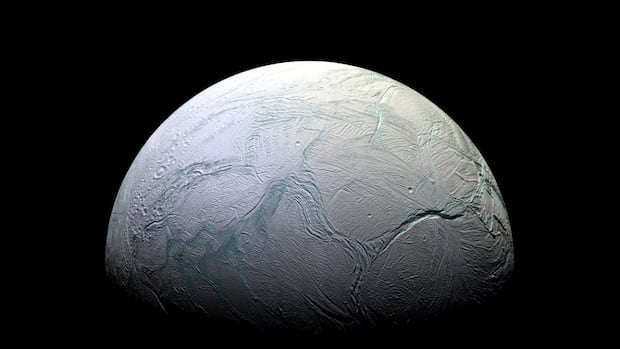Unbelievable Discovery: Rogue Planet Growing 6 Billion Tonnes of Gas per Second!

Imagine a planet that doesn’t orbit around a star, but instead drifts freely through the vastness of space, gobbling up gas and dust at a mind-boggling rate. Welcome to the world of rogue planets, and meet Cha 1107-7626, a celestial wonder that's rewriting the rules of planetary formation!
Recently uncovered by astronomers wielding the European Southern Observatory’s Very Large Telescope (ESO’s VLT) in Chile, this extraordinary rogue planet is consuming a staggering six billion tonnes of material every second. Yes, you heard that right—six billion! This remarkable growth rate not only makes it the fastest-growing planet ever recorded but also offers groundbreaking insights into how such elusive worlds are born and evolve.
Cha 1107-7626, located about 620 light-years away in the constellation Chamaeleon, holds between five and ten times the mass of Jupiter and is currently in its formative stages. Surrounded by a disc of gas and dust, it’s continually being fed in a process known as accretion, which is crucial for its growth.
Lead researcher Víctor Almendros-Abad from Italy’s National Institute for Astrophysics shared his excitement, stating, “People may think of planets as quiet and stable worlds, but this discovery reveals how dynamic and thrilling planetary-mass objects freely floating in space can be.” The planet’s consumption rate surged to an astonishing eight times more than previously observed, marking the most intense accretion event ever witnessed on a planet.
The groundbreaking observations didn’t just come from the VLT; NASA’s James Webb Space Telescope also lent its powerful gaze to this celestial phenomenon. For the first time, researchers detected water vapor forming in the disc around a planet during an accretion burst, a feature previously considered exclusive to stars.
This discovery prompts intriguing questions about the origins of rogue planets. Are they forging their own paths like stars, or were they expelled from existing star systems? Co-author Aleks Scholz from the University of St Andrews suggests that some rogue planets might indeed form like stars, as similar bursts of accretion have been documented in young stellar bodies before.
The rapid growth of Cha 1107-7626 is likely driven by magnetic activity, a phenomenon only previously noted in stars. This fascinating overlap between stars and planets challenges astronomers to rethink the early life of these isolated celestial entities.
Looking towards the future, ESO’s upcoming Extremely Large Telescope, equipped with a massive mirror and cutting-edge technology, is poised to unveil even more wandering planets, peeling back layers of mystery surrounding their formation and evolution in the universe’s darkest corners.
As ESO astronomer Amelia Bayo beautifully put it, “The idea that a planetary object can behave like a star is awe-inspiring and invites us to wonder what worlds beyond our own could be like during their nascent stages.”


